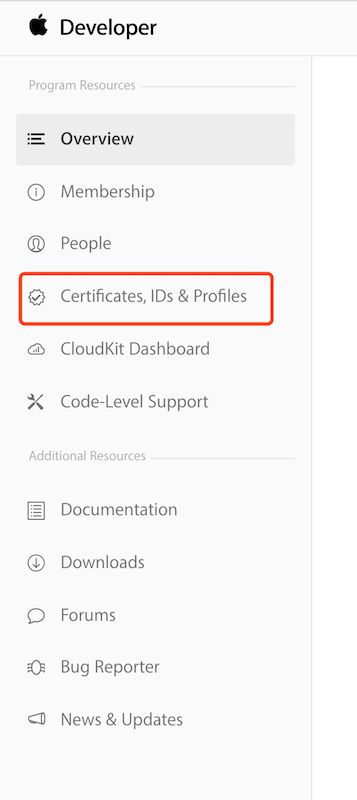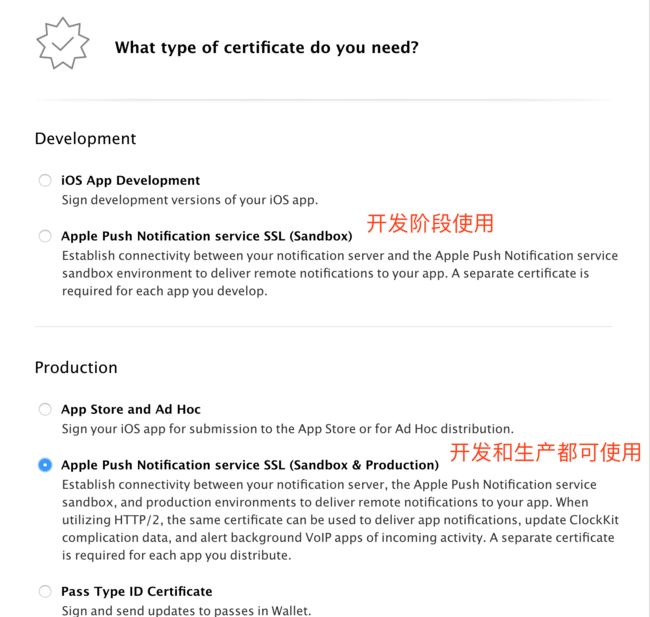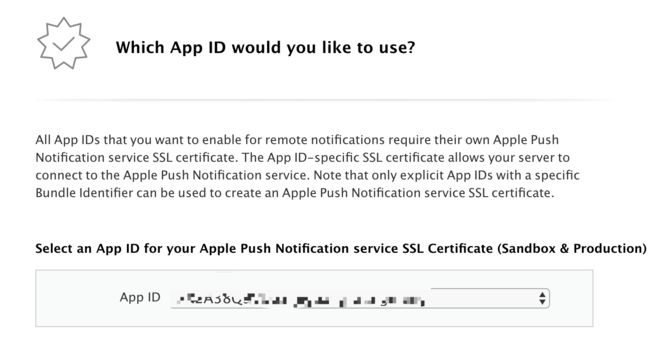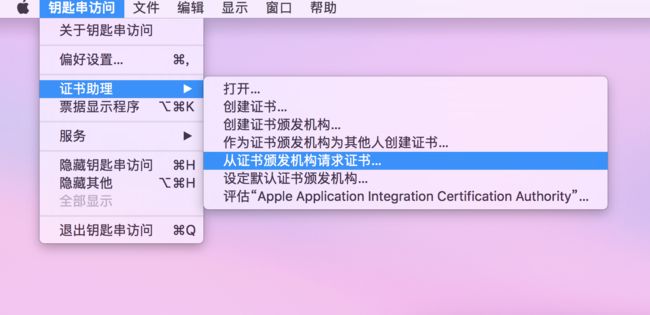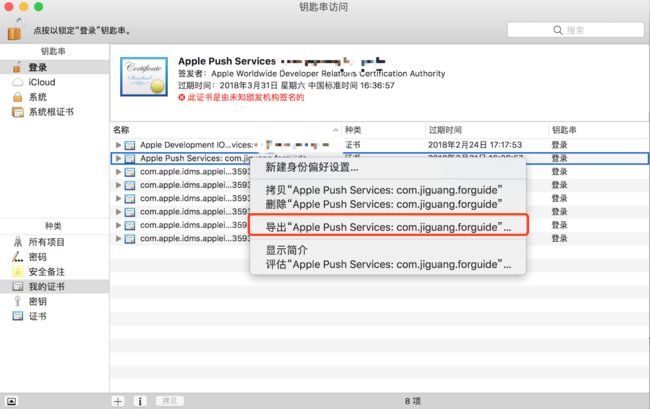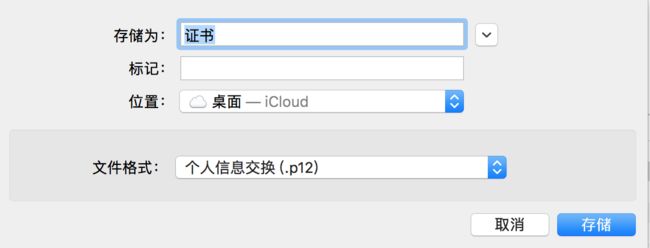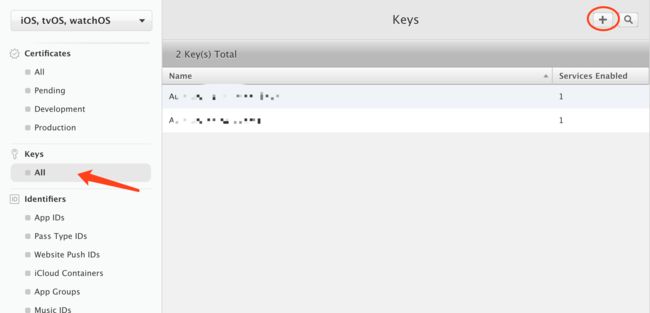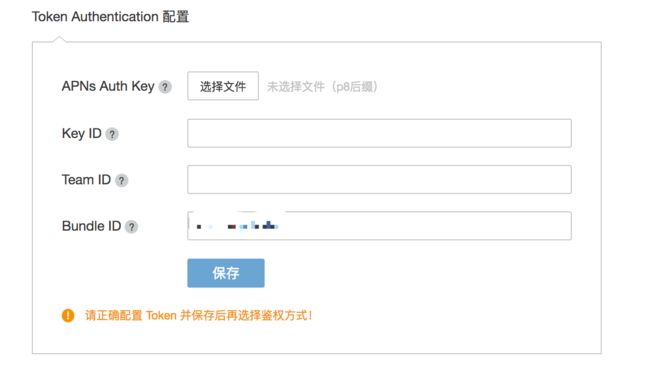之前写了一篇阿里云推送的文章(https://www.jianshu.com/p/83092e8817e7),今天把极光推送也和大家分享一下。
- 1、jpush-react-native 自 1.4.4 之后, 需要安装 jcore-react-native大家一定要注意安装下。
- 2、然后
npm install jpush-react-native jcore-react-native --save - 3、
react-native link后根据提示,输入appKey(在极光推送官网申请应用得到)
IOS
link后iOS还需要几步手动操作
在 iOS 工程中设置 TARGETS-> BUILD Phases -> LinkBinary with Libraries 找到
UserNotifications.framework把status设为optional在 iOS 工程中如果找不到头文件可能要在 TARGETS-> BUILD SETTINGS -> Search Paths -> Header Search Paths 添加如下路径
$(SRCROOT)/../node_modules/jpush-react-native/ios/RCTJPushModule(link后应该就已经存在了)
Android
检查Android配置是否齐全
查看 app 下的 build.gradle 配置
android {
defaultConfig {
applicationId "yourApplicationId"//yourApplicationId 替换为你的项目的包名
...
manifestPlaceholders = [
JPUSH_APPKEY: "yourAppKey", //在此替换你的APPKey
APP_CHANNEL: "default" //link后此处不用修改
]
}
}
...
dependencies {
implementation fileTree(dir: "libs", include: ["*.jar"])
implementation project(':jpush-react-native') // 添加 jpush 依赖
implementation project(':jcore-react-native') // 添加 jcore 依赖
implementation "com.facebook.react:react-native:+" // From node_modules
}
查看 android/settings.gradle下是否存在(此处可能会有重复代码,需仔细检查)
include ':app', ':jpush-react-native', ':jcore-react-native'
project(':jpush-react-native').projectDir = new File(rootProject.projectDir, '../node_modules/jpush-react-native/android')
project(':jcore-react-native').projectDir = new File(rootProject.projectDir, '../node_modules/jcore-react-native/android')
查看 android/app/AndroidManifest.xml下是否存在
在项目中引用
import JPushModule from 'jpush-react-native';
jumpSecondActivity () {
//点击推送消息,在此进行页面跳转
// this.props.navigation.navigate('Push')
// JPushModule.jumpToPushActivityWithParams('SecondActivity', {
// hello: 'world'
// })
}
componentDidMount() {
// 新版本必需写回调函数
// JPushModule.notifyJSDidLoad();
if (Platform.OS === 'android') {
JPushModule.initPush()
JPushModule.getInfo(map => {
this.setState({
})
});
JPushModule.notifyJSDidLoad(resultCode => {
if (resultCode === 0) {
}
})
} else {
JPushModule.setupPush()
}
// 接收自定义消息
JPushModule.addReceiveCustomMsgListener((message) => {
this.setState({pushMsg: message});
});
// 接收推送通知
JPushModule.addReceiveNotificationListener((message) => {
console.log("receive notification: " + message);
});
// 打开通知
JPushModule.addReceiveOpenNotificationListener((map) => {
console.log("Opening notification!");
console.log("map.extra: " + map.extras);
// 可执行跳转操作,也可跳转原生页面
// this.props.navigation.navigate("SecondActivity");
});
}
componentWillUnmount() {
JPushModule.removeReceiveCustomMsgListener();
JPushModule.removeReceiveNotificationListener();
}
注意:在极光推送里面注册应用时,推送设置需要分别Android和iOS,Android只需要包名,我就不做说明了,主要说下iOS。
- 登陆 苹果开发者网站 进入开发者账户。
- 从开发者账户页面左侧入口进入 “Certificates, IDs & Profiles” 页面。
- 创建 App ID,填写 App ID 的 NAME 和 Bundle ID(如果 ID 已经存在可以直接跳过此步骤)。
注: 此处需要指定具体的 Bundle ID 不要使用通配符。
- 为 App 开启 Push Notification 功能。如果是已经创建的 App ID 也可以通过设置开启 Push Notification 功能。
- 填写好以上属性后,点击 “Continue”,确认 AppId 属性的正确性,点击 “Register”,注册 AppId 成功。
两种鉴权方式的配置
极光官网应用的鉴权信息一旦配置,只能用相同 bundleID 的鉴权信息进行更新,无法修改为其他的 bundleID,请在配置前仔细检查 bundleID 是否正确。
方式一:通过 .p12 证书鉴权
- 如果你之前没有创建过 Push 证书或者是要重新创建一个新的,请在证书列表下面新建。
- 新建证书需要注意选择 APNs 证书种类。如图 APNs 证书有开发(Development)和生产(Production)两种。
注:开发证书用于开发调试使用;生产证书既能用于开发调试,也可用于产品发布。此处我们选择生产证书为例。
- 点击 "Continue", 之后选择该证书准备绑定的 AppID。
- 点击 “Continue”,会进入 CSR 说明界面。
- 再点 “Continue” 会让你上传 CSR 文件。( CSR 文件会在下一步创建)
△△△Certificate Signing Request文件一定要重新生成一个!!!!
- 打开系统自带的 KeychainAccess 创建 Certificate Signing Request。如下图操作:
- 填写“用户邮箱”和“常用名称” ,并选择“存储到磁盘”,证书文件后缀为 .certSigningRequest 。
- 回到浏览器中 CSR 上传页面,上传刚刚生成的后缀为 .certSigningRequest 的文件。
- 生成证书成功后,点击 “Download” 按钮把证书下载下来,是后缀为 .cer 的文件。
- 双击证书后,会在 “KeychainAccess” 中打开,选择左侧“钥匙串”列表中“登录”,以及“种类”列表中“我的证书”,找到刚才下载的证书,并导出为 .p12 文件。如下图:
- 在极光控制台上,进入你应用的应用设置中 iOS 的鉴权方式选择 “证书”,上传刚才导出的 .p12 证书。极光会在后台为你的应用进行鉴权。
- Apple 的生产推送证书允许用于开发环境的推送,勾选将生产证书用于开发环境,开发者可以仅上传生产证书,即可在官网推送平台处选择开发环境做推送,不用再生成和上传开发证书。
方式二:通过 APNs Auth Key 鉴权
- 点击左侧列表 “Keys” 中的 “All”,看账户中是否已有 auth key,没有则点击 “+” 新建。
- 填写该 key 的描述并选择服务,如下图。 (注:在开发和生产环境均可使用,且不会过期。)
- 点击 “Continue” 让你确认信息,再点击 “confirm”,就可以下载该 key 了。(注意:记下 key id,而且只可以下载一次,请妥善保存。)
- 获取你之前创建过的应用的 Bundle ID
- 在开发者账户的 “Membership” 页面获取 Team ID
- 在极光控制台上,进入你应用的应用设置中 iOS 的鉴权方式选择 “Token Authentication”,上传 auth key 文件,并填写你的 KEY ID,TeamID,和指定应用的 BundleID。极光会在后台为你的应用进行鉴权。
下面为标签、别名、本地通知设置,需要的小伙伴可以看下:以下代码版本: ""react-native": "0.61.0";jcore-react-native": "^1.7.5" ;jpush-react-native": "^2.7.5"
import React from 'react';
import {
StyleSheet,
Text,
View,
TouchableHighlight,
ScrollView,
NativeModules,
DeviceEventEmitter
} from 'react-native';
import JPush from 'jpush-react-native';
const styles = StyleSheet.create({
container: {
flex: 1,
justifyContent: 'center',
alignItems: 'center',
backgroundColor: '#F5FCFF',
},
setBtnStyle: {
width: 320,
justifyContent: 'center',
alignItems: 'center',
marginTop: 10,
borderWidth: 1,
borderColor: '#3e83d7',
borderRadius: 8,
backgroundColor: '#3e83d7',
padding: 10
},
textStyle: {
textAlign: 'center',
fontSize: 25,
color: '#ffffff'
}
});
class Button extends React.Component {
render() {
return
{this.props.title}
}
}
export default class App extends React.Component {
constructor(props) {
super(props);
}
componentDidMount() {
JPush.init();
//连接状态
this.connectListener = result => {
console.log("connectListener:" + JSON.stringify(result))
};
JPush.addConnectEventListener(this.connectListener);
//通知回调
this.notificationListener = result => {
console.log("notificationListener:" + JSON.stringify(result))
};
JPush.addNotificationListener(this.notificationListener);
//本地通知回调
this.localNotificationListener = result => {
console.log("localNotificationListener:" + JSON.stringify(result))
};
JPush.addLocalNotificationListener(this.localNotificationListener);
//自定义消息回调
this.customMessageListener = result => {
console.log("customMessageListener:" + JSON.stringify(result))
};
JPush.addCustomMessagegListener(this.customMessageListener);
//tag alias事件回调
this.tagAliasListener = result => {
console.log("别名事件回调:" + JSON.stringify(result))
};
JPush.addTagAliasListener(this.tagAliasListener);
//手机号码事件回调
this.mobileNumberListener = result => {
console.log("mobileNumberListener:" + JSON.stringify(result))
};
JPush.addMobileNumberListener(this.mobileNumberListener);
}
render() {
return (
);
}
}

